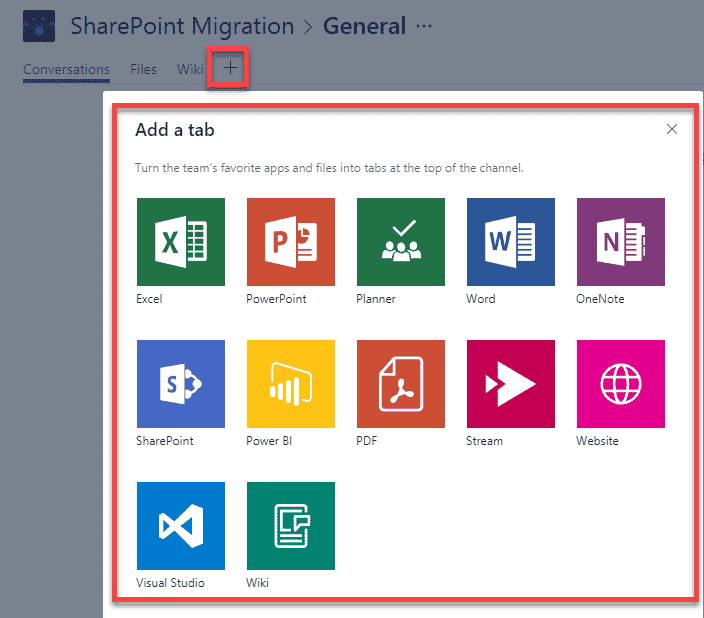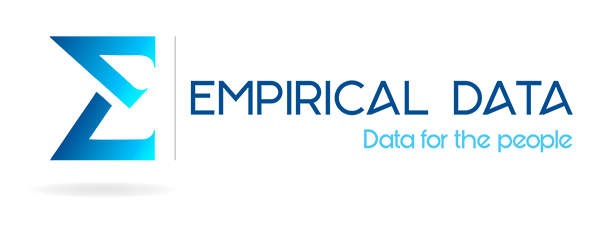In the previous article, we talked about the importance of adopting an Agile Mindset for better communication and collaboration in remote teams today while also sharing best Agile practices from our experience as an Agile-Remote team.
In this second part, we’ll share the best apps and tools for your team to put your Agile mindset in practice while staying safe at home. We divided the list into 3 categories: Communication, Project Management, and Mental Health and Fitness.
1. Communication
As we said before, communication is one of the main pillars of the Agile mindset, here are four great apps made for keeping teams always in contact:
Slack (Empirical’s choice): The ability to create different channels to have projects, topics, and members more organized; its countless integrations with third-party apps (Salesforce integration being our favorite), and drag-and-drop file sharing functionality makes Slack our #1 option for team communication.
Microsoft Teams: Definitely the best option for Office 365 users. Being Slack’s #1 competitor, it offers Channels and a good set of third-party integrations. Although, it also has its unique set of goodies. You can add Tabs within the interface and connect those to specific documents, external websites, a Power BI report, among other things.

Microsoft Teams Tabs. Source: SharePoint Maven
Zoom Meetings (Empirical’s choice): Apart from offering a generous free account, Zoom’s paid plans are very competitive too, and we at Empirical choose it because of its stellar performance and rich feature-set for hosts and participants like screen-sharing and remote controlling another member’s computers.
Hangouts Chat and Meet: These are actually two apps. They are part of the paid G Suite service. If you’re using Gmail with a company email address, you can use them. Hangouts Chat includes direct messaging and threaded team channels similar to the ones from Slack and Microsoft Teams. Hangouts Meet is a video conferencing software service similar to Zoom Meetings.
2. Project Management
Choosing the right project management and collaboration software for your team might be a hard task in itself since you can find dozens of them on the web. Here is a list of the best 5 project management tools out there. It’s up to you to decide which one suits your team better:
Smartsheet (Empirical’s selection): Smartsheet is an online work-execution platform to plan, track, automate and report on work. Your team can create and assign tasks in Grid, Card (for Kanban), Gantt or Calendar view and switch between them whenever you want. You can easily share files, assign roles and projects to your team members, track issues, schedule content, and more.

Smartsheet view switching. Source: Smartsheet
Asana: Asana highlights in flexibility and a large number of third-party integrations that make up for its somewhat lacking built-in features. The free tier has almost no limitations apart from the 15 users limit. The platform emphasizes collaboration and productivity, offering a lot of freedom in terms of how to keep track of ongoing and long term projects, as well as coordinating teams and distributing workloads across users.
Hubstaff Tasks: Hubstaff Tasks is another project management tool built from the ground up with an Agile mindset. One of its highlights is Sprints, which you can set up weekly to let the whole team know which tasks to prioritize. You can also set up daily and weekly stand-ups to get updated on your team's progress. Tasks also syncs seamlessly with Hubstaff's popular time tracking software, making it a great option for organizations that already use this productivity app. Not to mention, Tasks has a free tier with most core features, and its premium tier is pretty affordable.

Hubstaff Tasks Sprints view. Source: Hubstaff
Casual: Another management tool centered on visual projects. It helps users plan and execute tasks and projects as visual workflows, just the way people normally organize ideas in their mind. Other PM tools usually require users to make endless task lists, create complex charts, or use visual but limited boards. Causal is a shockingly easy way of managing tasks, projects and ideas with simple workflows.
Trello: Even though Trello lacks some features like reporting and time-tracking tools, it remains popular due to its simplicity and looks. The straightforward kanban board fits perfectly with Agile teams that don’t need the extra amount of features that are aimed specifically for software development teams. Plus, the generous free tier and excellent mobile apps make Trello a pretty good option.
Jira: Considered the best agile project management tool by many, Jira is made specifically for software development teams. The tool counts with robust reporting functionality, easy-to-configure workflows and swimlanes for kanban boards. You can give users an in-app method of reporting bugs and leaving general performance feedback, tester and team reports, bug history, data retention, and more. The only downside is that setting the Jira instance up can be difficult for the uninitiated.
3. Mental Health and Fitness
Finally, one of the aspects of remote working that many companies fail to acknowledge is their employees’ mental and physical wellness. Each of the following three mobile apps deal with key methods of well-being: Journaling, physical activity, meditation, and good sleep:
Stigma: Journaling might be the most underrated activity that can boost your productivity and well-being in just a few minutes a day. Stigma is a journal and mood tracking app designed to aid with anxiety and mood disorders with an integrated social networking aspect. It’s easy to use and you can get it for free in iOS.
8fit: It is easy to get careless about our physical well-being when you have to stay home all day. 8fit is a great fitness and nutrition app that lets you access workouts and meal plans for any lifestyle. You won’t have to count calories or anything like that. Just pull out your phone and do what it says on the screen.
Calm: It is difficult to maintain even a decent level of productivity when you are worn out or don’t get a good night’s sleep. Calm is focused on making meditation and mindfulness easy for everybody, letting you select which areas of meditation you want to focus on, like productivity, sleep, anxiety, and others. The “Breathe Bubble” and Sleep sections are very robust, and the Music section includes a set of natural sounds such as an oscillating fan or a purring cat.

Purring Cat in Calm. Source: Mellowed
Now that you know everything you need to get started, it’s time to put your remote team into Agile-driven action, with all the tools they need at their disposal.
Want a PDF version of this blog post? Click here to download it.

